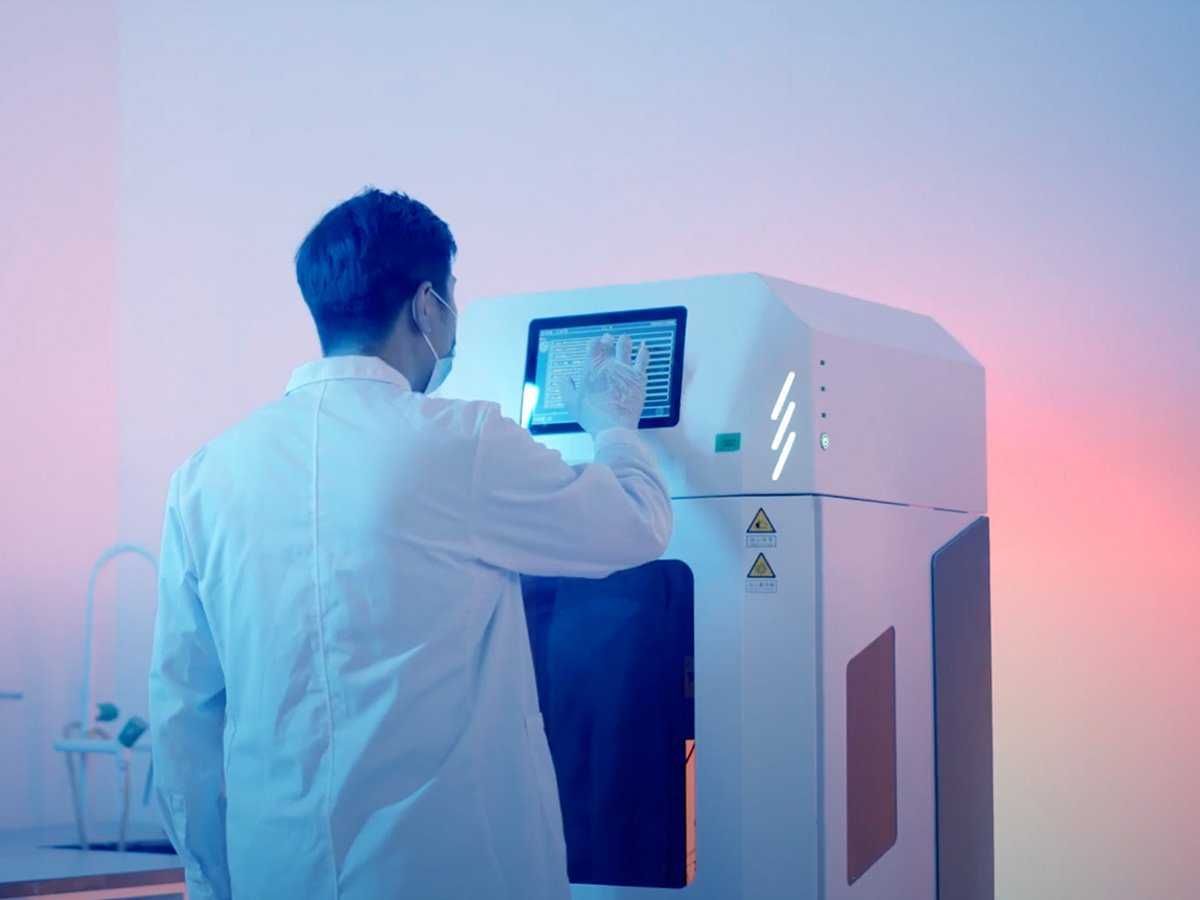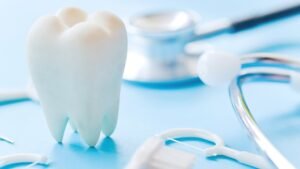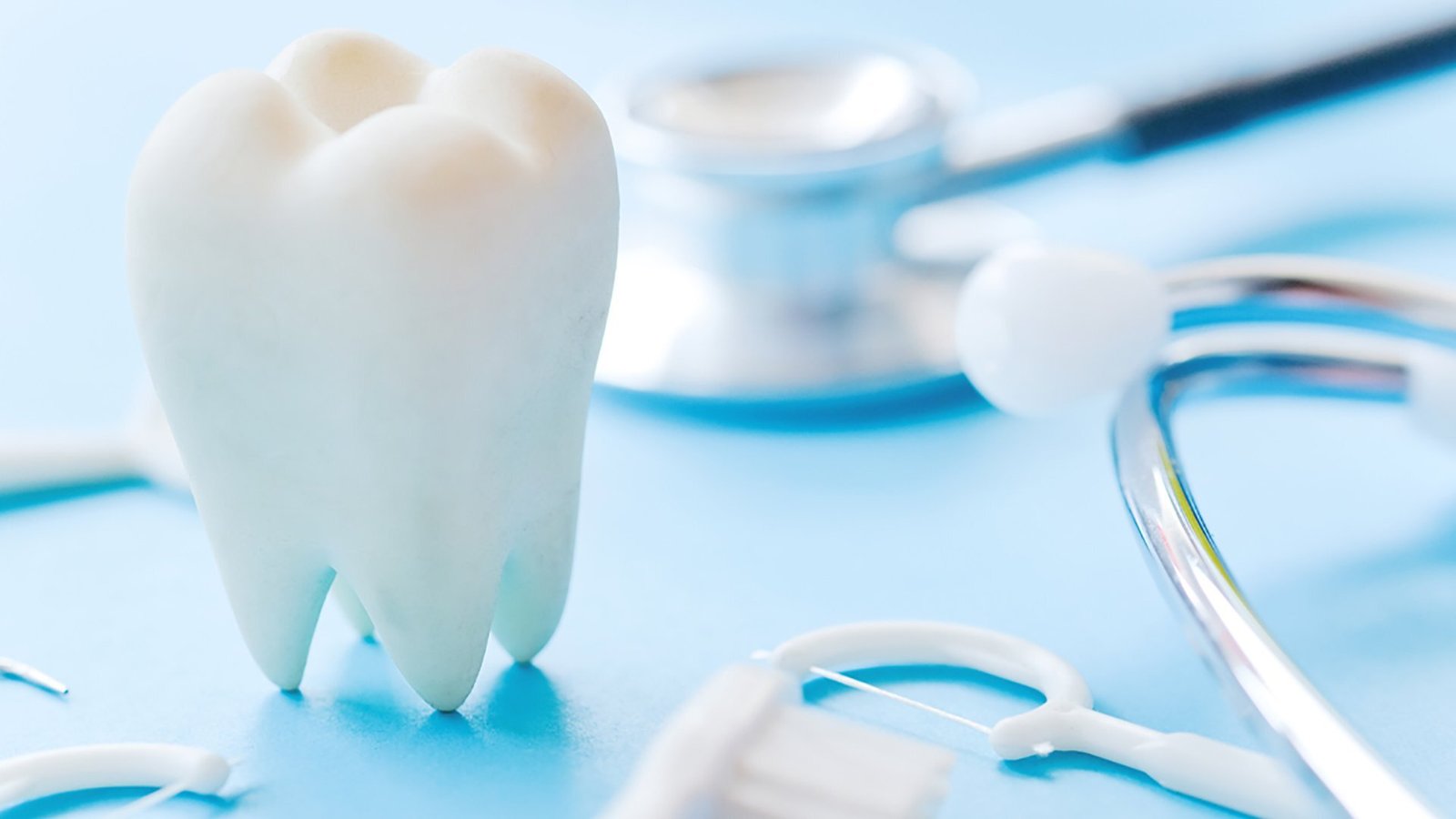For dentists and clinics, ensuring accurate diagnosis of oral health conditions is crucial. A dental oral biopsy procedure is one of the most effective ways to detect abnormalities. It is a significant part of modern dentistry, helping diagnose benign lesions, assess underlying oral cancer screening, or confirm infections. Top providers of dental products, such as Aidite, design high-precision biopsy instruments and materials to improve clinical accuracy and efficiency.

What is a Dental Oral Biopsy Procedure?
A dental oral biopsy procedure is a diagnostic that finds out if any suspicious oral tissues are present. This is done by dentists and specialists to identify infections, to do oral pathology biopsy, malignancies, etc. The tissue sample is then extracted and examined under the microscope to confirm or exclude diseases.
Types of Dental Oral Biopsy Procedures
A dental biopsy procedure can be classified into different types based on how the tissue sample is collected. The method varies based on the lesion’s size, site, and probable diagnosis. The following are the main ones:

- Incisional Biopsy: A portion of the abnormal tissue is taken for study.
- Excisional Biopsy: This involves surgically removing the entire lesion for evaluation.
- Punch Biopsy: Utilizes circular blade to cut out a small tissue sample
- Brush Biopsy: A non-invasive technique where a small brush collects cell samples.
Importance of Dental Oral Pathology Biopsy
Dental biopsy procedure is a necessity to identify oral diseases, infections, and precancerous or conditions. Biopsy is used by dentists for oral pathology to:
- Identify abnormal cell growth
- Evaluate for any states of inflammation
- Early diagnosis of oral cancers
Digital technologies were integrated into the contemporary logistics of oral pathology biopsy and its results. With the new and innovated diagnostic tools of Aidite, the biopsy is done at lesser time with greater accuracy.
When Do You Need a Dental Biopsy Procedure?
Signs and symptoms that often prompt patients to need a dental oral biopsy procedure include:
- Persistent Oral Ulcers: Sores in the oral cavity that last more than 14 days and do not heal can represent an underlying health problem that needs to be explored further.
- An Unexplained Lump: Know about any form of lump or swelling present in the gums, tongue, or inner cheeks. You should immediately get diagnosed through a mouth tissue biopsy if it is unexplained.
- White or Red Patches in the Mouth: These could be early indications of oral pathology biopsy conditions, such as leukoplakia or erythroplakia, which may be precancerous.
- Problem Chewing or Swallowing: A biopsy provides bioinformatic analysis of mycobacterial DNA between species, eliminating subspecies similarities to confirm if an irksome growth or lesion is blocking natural functions in the mouth.
- Persistent Bleeding: Hemorrhaging for an unknown reason that doesn’t go away may be a sign that something worse calls for a biopsy to confirm.
Early oral cancer screening assists in avoiding serious complications by allowing timely Dental Treatments.
How the Dental Oral Biopsy Procedure Works
The dental oral biopsy procedure is a systematic step approach to carrying out accurately:

1. Consultation with Patient and Review of Medical History
The process starts with the dentist gathering fundamental details about the patient with some important questions about symptoms, medical history, and other risk factors for oral pathology biopsy. A hands-on assessment of the lesion or suspicious tissue.
2. Select the Area to Biopsy
The dentist meticulously chooses the best spot for mouth tissue biopsy sampling. This choice depends on the morphotype of the lesion, its size, and its position. The aim is to get a good sample of the involved tissue with minimum trauma to the normal adjacent structures.
3. Set Up the Tools and Environment
The dentist confirms that all of the needed instruments, which include scalpels, biopsy punches, and forceps are sterilized and available. To maintain hygiene and precision for the dental oral biopsy procedure, the procedure is conducted in a hygienic and well-lit environment.
4. Preparing the site and Local Anesthesia
Before the biopsy, the area is disinfected to minimize infection risk. The biopsy site is numbed for the dental biopsy procedure site with local anesthesia so that the patient feels nothing.
5. Tissue Collection
The dentist removes a small piece of the abnormal tissue using the appropriate dental oral biopsy procedure. The biopsy type varies based on the size, depth, and location of the lesion. The objective is to get an adequate size specimen with minimal trauma to the surrounding tissues. It is important that it is precise and sterile, as it can provide accurate diagnostic results and also eliminate any form of contamination.
6. Hemostasis and Wound Care
Bleeding is controlled with sterile gauze, pressure, or stitches if it is severe after the tissue is removed. You may apply antiseptic solutions to disinfect the dental oral biopsy procedure site and prevent infections.
7. Sample Preservation and Laboratory Submission
After obtaining the oral pathology biopsy tissue sample, the specimen is placed in a fixative solution and sent to a pathology laboratory for examination. The pathologist will microscopically identify abnormal cells, inflammation, or malignancy in the sample.
8. Results interpretation and treatment planning
When laboratory results become available, the dentist or specialist discusses the results with the patient. It can then recommend further examination like oral cancer screening, surgical removal, or therapy if any abnormalities are found.
Screening and Biopsy of Oral Cancer
A dental oral biopsy procedure was used as a primary method in oral cancer screening. If unexplained bleeding, persistent sores, or abnormal tissue appears, dentists recommend it. This further diagnosis of mouth tissue biopsy finds cancer in the early stage very easily, which a doctor easily identifies to treat at a treatable stage.
Post-Biopsy Care and Recovery
These are some dental oral biopsy care tips for a patient undergoing a dental oral biopsy procedure.
- Avoid Hot or Spicy Foods: This decreases the irritation and helps with the healing process.
- Maintain Hygiene in the Biopsy area: Swish the biopsy area lightly with antiseptic mouthwash to avoid infections.
- Follow-Up Medications: You might be prescribed some painkillers or antibiotics to control pain and ward off infections.
- Attend Follow-Up Visits: The dentist will monitor the healing process and review lab results.
A mouth tissue biopsy usually heals very quickly. Sometimes in as few as three days and causes little discomfort.
FAQs About Dental Oral Biopsy Procedure
Q1. Does a dental oral biopsy hurt?
Patients do not feel pain, and the dental oral biopsy procedure is performed under local anesthesia. There may be some mild pain after the anesthesia wears off, but you will be able to treat it with a regular pain reliever.
Q2. How much time is required for a biopsy result?
Usually, biopsy results take between 7 to 14 days. But this depends on the complexity of the analysis that has had to be done. Next, your dentist will review the results and offer the next steps based on the evaluation.
Q3. What are the risks of a dental biopsy procedure?
Though a dental oral biopsy is a relatively safe procedure, some risks, such as minor bleeding, infection, swelling, and pain may occur. These risks can be reduced by following post-procedure care instructions.
Q4. What should I eat after a biopsy?
To maintain the results and get maximum benefits from your dental oral biopsy procedure, patients should continue to eat soft foods and avoid spicy, acidic, or crunchy foods in the first few days, as to not irritate the treatment site and assist healing.
Q5. Does a biopsy test detect oral cancer?
A biopsy is the only true way to confirm an oral cancer screening. The examination of the tissue collected for evidence of abnormal or malignant cells aids in timely diagnosis and management.
Conclusion
The dental oral biopsy procedure is essential for diagnosing disease or for the safety of patients. It assists in the oral cancer screening, mouth tissue biopsy, and disease identification. Aidite’s advanced solutions allow dental professionals to conduct biopsies more effortlessly and accurately. Reliable results are guaranteed by highly tailored biopsy tools, as they can improve patient care at the end of the day.



